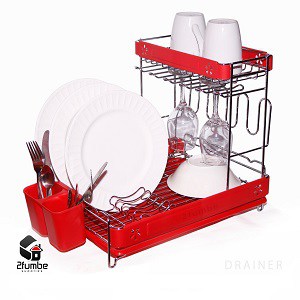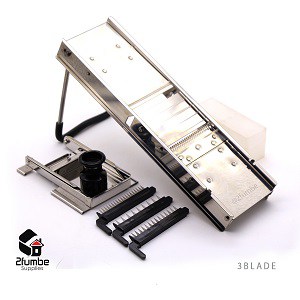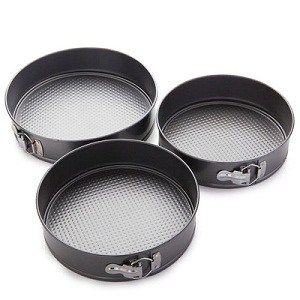DISH DRAINER
The dish drainer closet was originally patented in the USA by Louise R. Krause (US patent 1860617) in May 1932.
Finnish woman Maiju Gebhard independently develops a version of it later, intending to speed up the drying up of washed dishes, or even to make the entire drying phase unnecessary.
It was developed in the Finnish Association for Work Efficiency from 1944 to 1945.
The Finnish Invention Foundation has named it as one of the most important Finnish inventions of the millennium.
The inspiration for the dish drainer Is a Swedish dish draining holder, which is meant to be kept on a table.
Gebhard notices that most families have never used the holder, but instead dry the washed dishes by hand and move them directly to the storage closet or cupboard.
Gebhard’s idea is intended to put the dish draining holder in the closet above the dish washing table (sideboard or counter top), so the dishes can drain dry in place.
This way, an entire phase of normal household upkeep can be skipped.
According to Gebhard’s calculations, the average housewife spends almost 30,000 hours of her life washing and drying dishes.
Enso-Gutzeit starts producing dish drainers in 1948.
Since 1954, dish drainers were made of plastic-coated steel wire to help keep them clean.
In 1982, the measurements for the dish drainer closets are standardised.
The cabinets have an open bottom that allows for the water to drain directly into the sink below.
The Dish drainer has a low profile design with simple structure which is meant to easen the movements of the drainer around the kitchen place.
It has a decorative plastic panel intended to add some uniqueness and beauty to the dish drainer once on the table.
It as well has an auxiliary rack with a storage layer for both dinner and side plates and soup bowls, a cup holder and wine glass holder.









Reviews
There are no reviews yet.